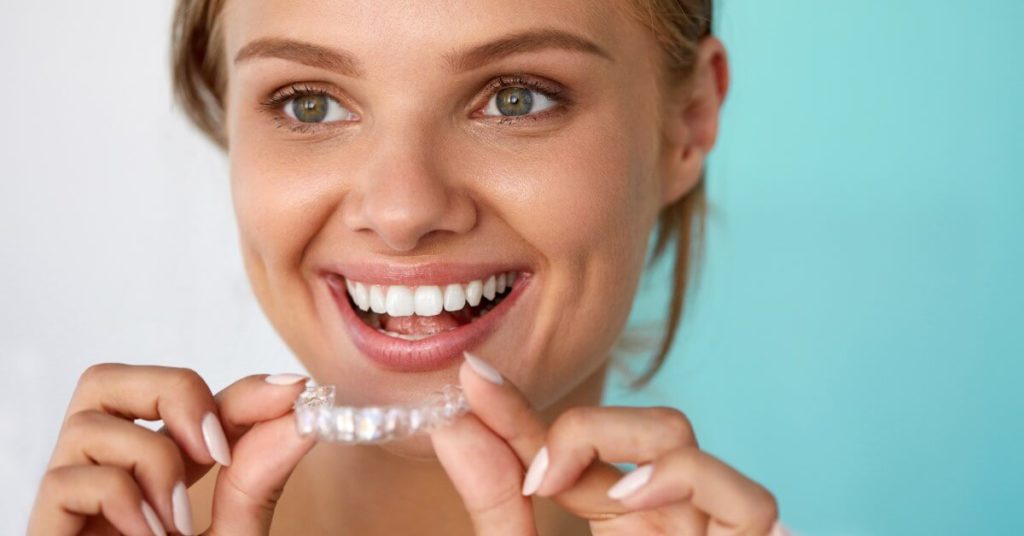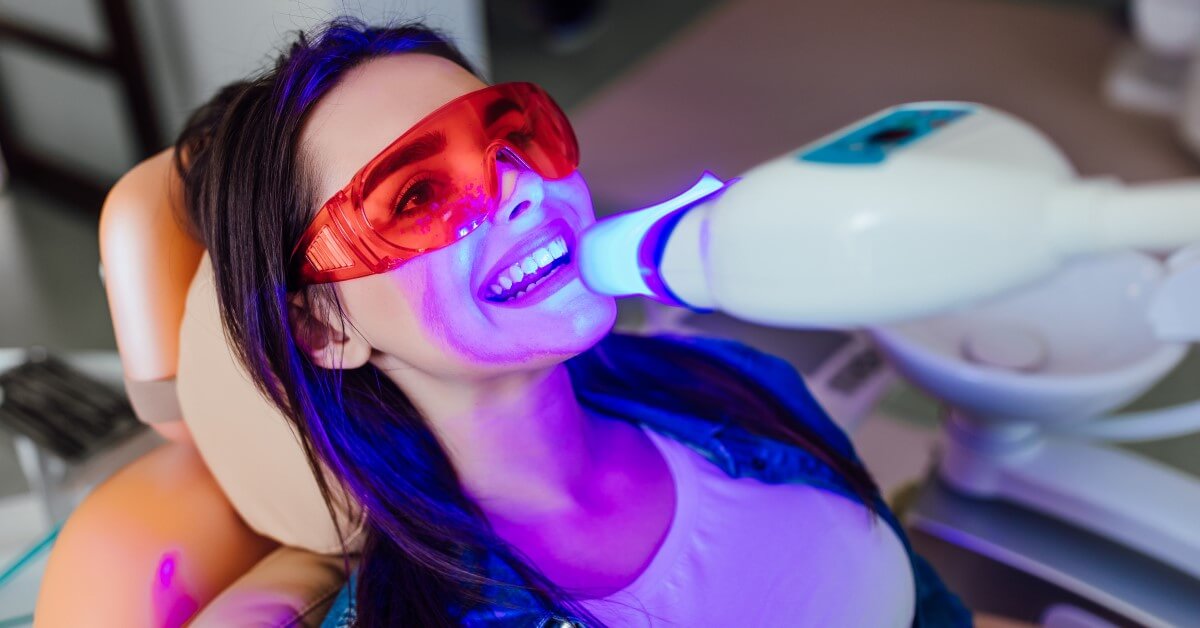
Types of Teeth Whitening | Potential Risks | Natural Ways to Keep Teeth White | Conclusion
Overview
Tooth whitening, sometimes known as dental bleaching, has grown significantly in popularity over recent years, driven by societal ideals of the perfect smile.
As demand has grown, so has the range of methods and products available to achieve whiter teeth.
However, as with all procedures, it’s essential to be informed of potential risks, efficacy, and natural alternatives to maintaining that pearly white smile.[1]
Types of Teeth Whitening
- Home-Based Products: These are accessible and include toothpaste, gels, films, and DIY kits.
- In-Office Systems: These treatments are performed under professional supervision and involve highly concentrated bleaching agents for faster results.[1]
- Custom-Fitted Trays: These trays are designed for individuals to apply professional-strength bleaching gel at home.
- Over-the-Counter (OTC) Whitening Products: OTC products range from strips and gels to chewing gums and paint-on films and are readily available but might have varying degrees of efficacy.[3]
Potential Risks
While tooth whitening, when done correctly, is deemed safe, there are some potential risks to be aware of:
- Tooth Sensitivity: The most common side effect, some people might experience increased sensitivity during and after the whitening process.
- Gingival Irritation: The gums might get irritated from the bleaching agents used.
- Tooth Surface Alteration: There might be roughening and softening of the tooth surface.
- Demineralization: With tooth whitening, there may be an increased potential for loss of minerals from the teeth.
- Dental Restorations: There may be degradation, and color changes of dental restorations like fillings and crowns might occur.[1]
Natural Ways to Keep Teeth White
- Oil Pulling: Originating from India, oil pulling involves swishing oil, commonly coconut oil, in the mouth. This practice might help reduce bacteria and plaque that can cause yellowing.[2]
- Baking Soda: A mild abrasive, baking soda can help remove surface stains. It also creates an alkaline environment in the mouth, which could prevent bacterial growth.[2]
- Maintain Good Oral Hygiene: Regular brushing and flossing can help prevent extrinsic stains from food, drinks, and smoking.[3]
- Limit Consumption of Staining Foods and Beverages: Drinks such as coffee, tea, red wine, and certain foods can cause extrinsic staining. Limiting consumption or brushing after consumption can help prevent staining.[3]
Conclusion
Tooth whitening can enhance the appearance of one’s smile, but it’s crucial to be informed about the potential risks and methods available.
Whether choosing a professional treatment or natural remedies, always consult with a dental professional to ensure safe and effective results.
References:
- Journal of Evidence-Based Dental Practice. (Date unavailable). Tooth Whitening: What We Now Know. https://www.ncbi.nlm.nih.gov/pmc/articles/PMC4058574/.
- Woolley, J., Gibbons, T., Patel, K., & Sacco, R. (2020). The effect of oil pulling with coconut oil to improve dental hygiene and oral health: A systematic review. Heliyon, 6(8), e04789. https://doi.org/10.1016/j.heliyon.2020.e04789
- Demarco, F. F., Meireles, S. S., & Masotti, A. S. (2009). Over-the-counter whitening agents: a concise review. Brazilian oral research, 23 Suppl 1, 64–70. https://doi.org/10.1590/s1806-83242009000500010


